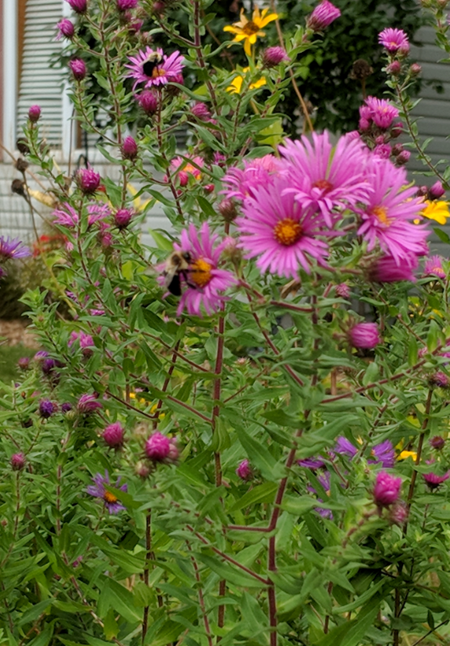Click below to listen to my 2 min. Garden Bite radio show/podcast: Fireflies and plants
Have you noticed over the past several years seeing fewer and fewer fireflies? Or maybe you call them lightning bugs? They were always such a delight when I was a kid seeing them light up and chasing after them.

Fireflies are a type of beetle and there are over 150 different species in the United States alone with Britannica reporting over 2,000 species worldwide.
And here’s more from pestworld.com.
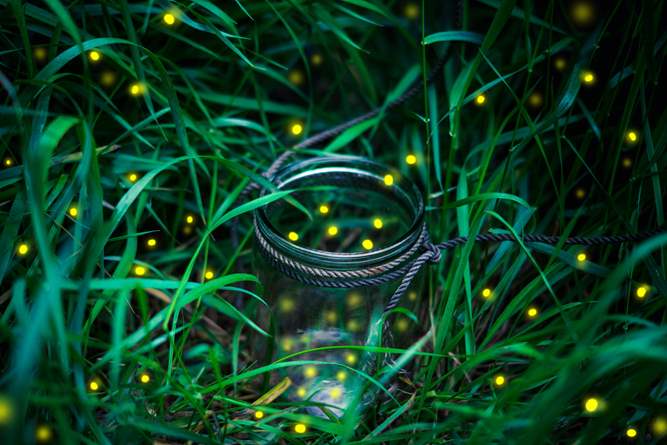
Prairie Moon Nursery, a native seed company based in Minnesota, wrote a little something about fireflies and how we can attract them back to our backyards!
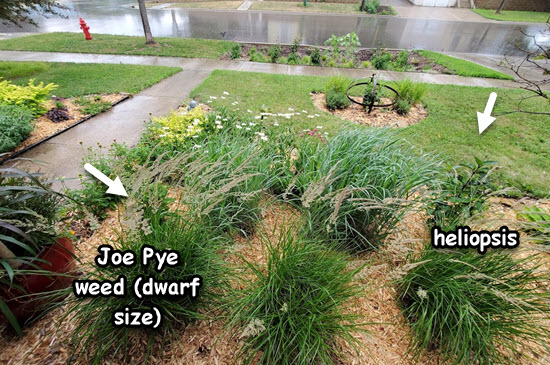
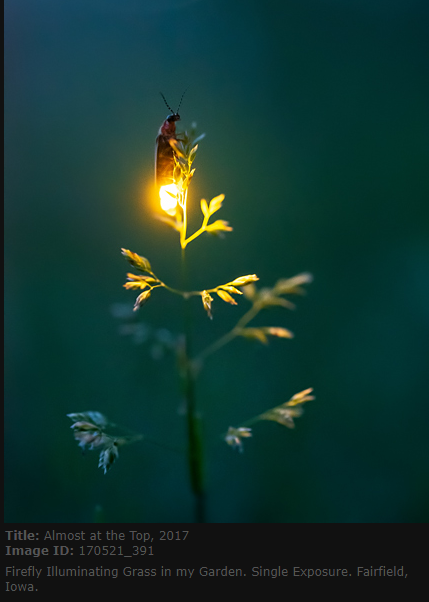
Native plants are key in providing habitat. Fireflies like moisture – add natives suited to wet soil such as those near streams and lakes, woodland edges, and even ditches and my own rain garden!
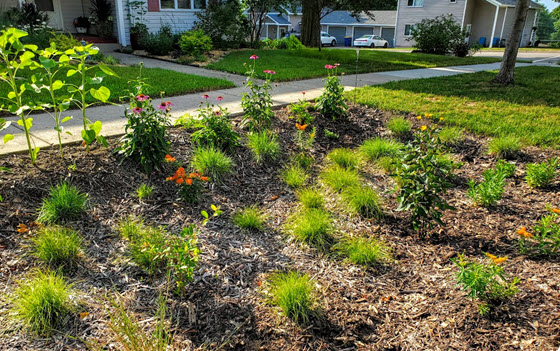
Tall native grasses often thrive in wetter soils; the grass blades provide narrow hiding places and long launch pads to take flight.
From a short, broad-leaved native wildflower to the canopy of a tall native tree, fireflies need this diversity of height to take shelter and safely lay their eggs.
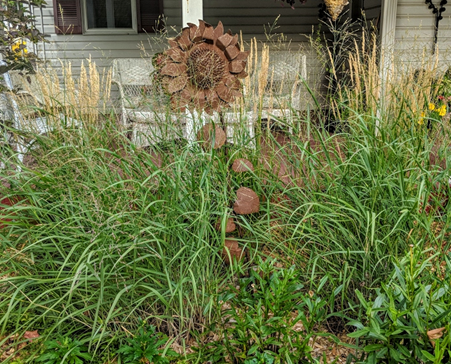
Native plants in turn enrich the soil with leaf litter, inviting the soft-bodied insects that firefly larvae feed on. The Xerces Society has offered up a list of native plants along with more information as to the WHY of seeing fewer fireflies or Lightning bugs!
From the article: The main threats to firefly populations worldwide include habitat degradation and loss, light pollution, pesticide use, poor water quality, climate change, invasive species, and over-collection. In the United States and Canada, habitat loss and degradation, light pollution, and climate change (in particular, associated drought and sea level rise) appear to be some of the primary drivers of decline. Pesticide use is suspected to play a major role as well.
As population grows, there are fewer and fewer areas of land that offer shelter from light pollution. As humans try to protect our species with more street lights, we step over the needs of other species that need less light. And, in fact, we lose our sight on nature. Larvae and flightless adult females are likely the most vulnerable to pesticides because they are relatively immobile and unable to disperse away from treated sites.
Check out this plant list from firefly.org.
